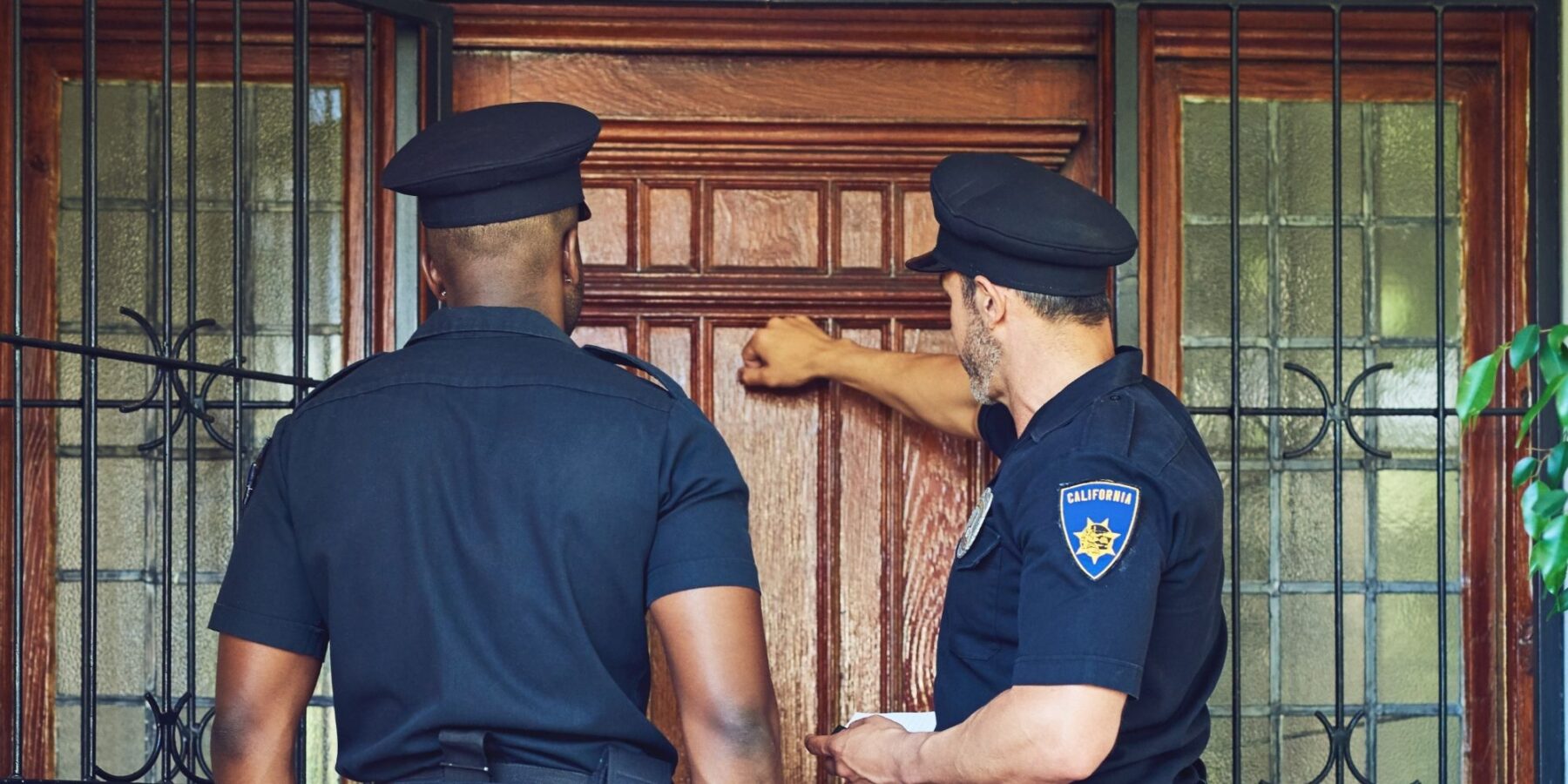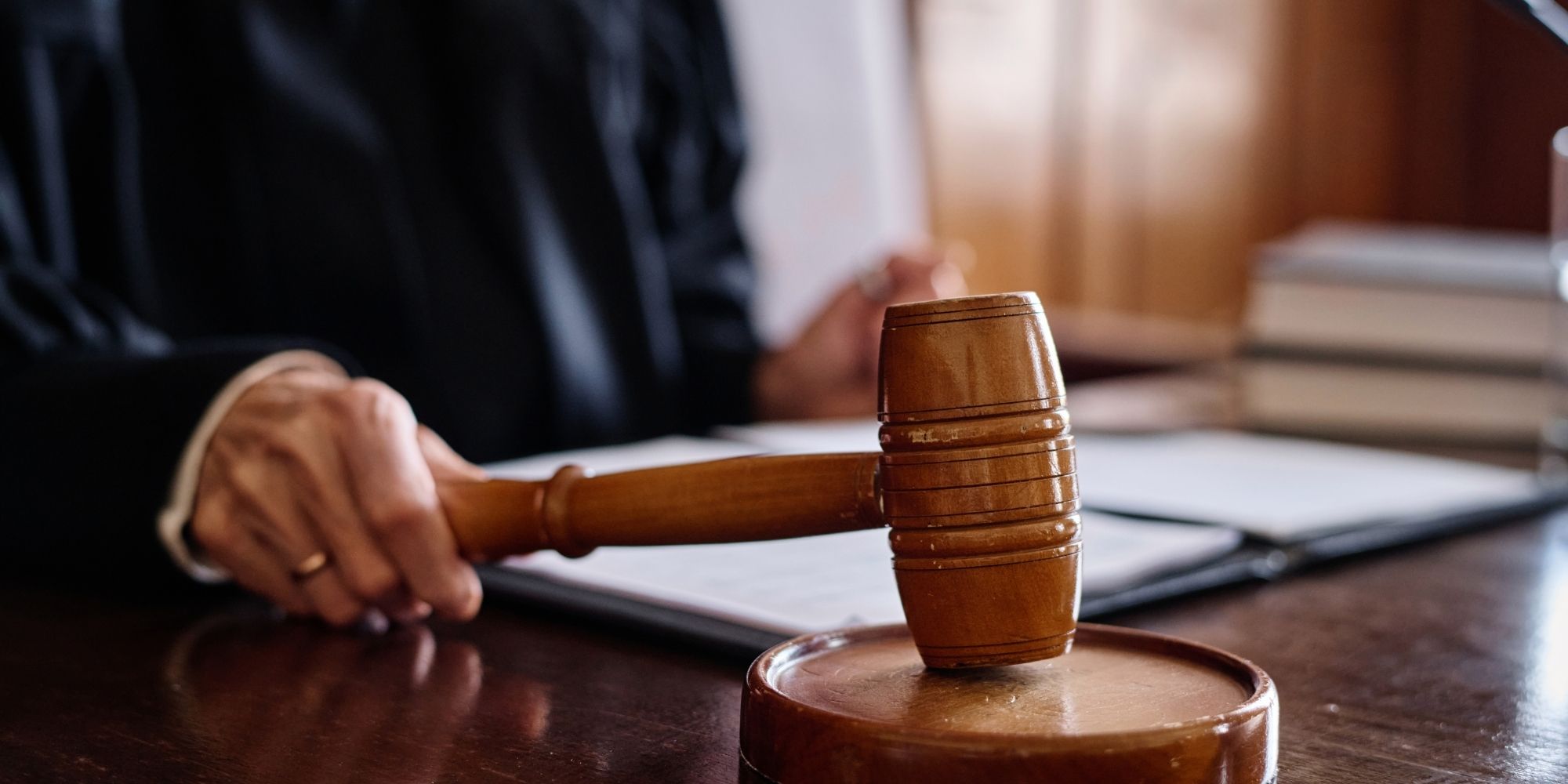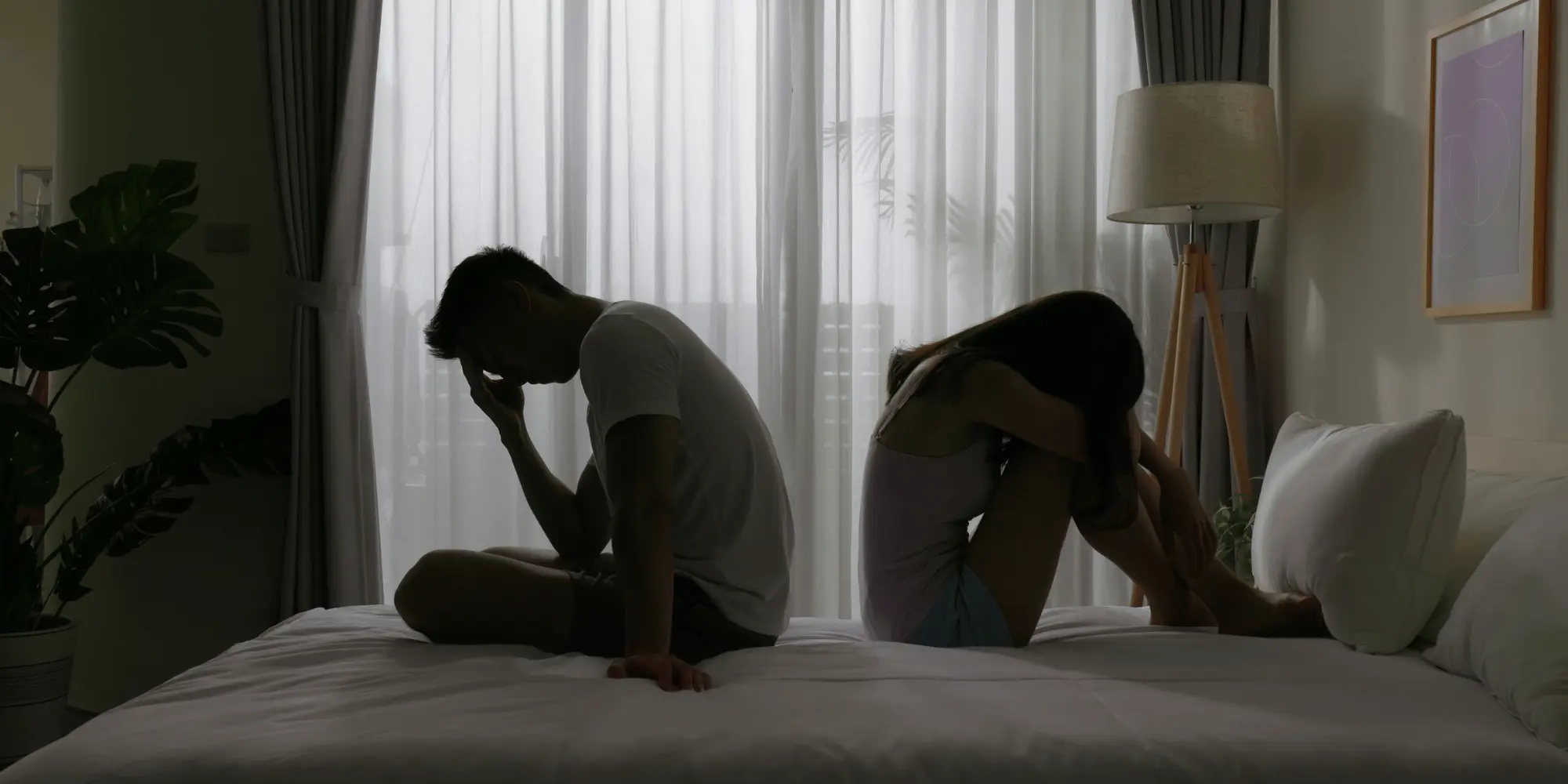Aggressive Defense for Violent Felony Charges in New York City
A violent crime charge in New York City puts your freedom, record, and future at risk right away. From the time you are arrested in Queensbridge Houses or indicted in Manhattan Supreme Court, prosecutors build aggressive cases from the start. At Petrus Law, we move fast, demolish weak charges, and fight to suppress illegally obtained evidence. Our attorneys go to court in all five boroughs, fighting violent felony charges with direct, neighborhood defense tactics. Such charges frequently have mandatory prison sentences attached, so timing is important for your call. Read more on how violent felonies are defined in New York State law and why early action safeguards your rights. Call us today at (646) 733-4711 to talk to a criminal defense lawyer who will take action.
What Counts as a Violent Crime Under New York Criminal Law
New York City prosecutors often file violent felony charges aggressively, even when the facts don’t support that level of force. These cases move quickly through arraignments and into pre-trial motion practice. What may begin as a routine arrest can escalate into a high-stakes felony charge if the prosecution claims you used force or caused harm. Understanding what New York criminal courts classify as a violent offense is the first step in defending yourself. For a full breakdown of violent felony categories, visit the New York State Senate legal code on violent felonies, which governs how these cases are charged across all boroughs.
How New York Penal Law Defines Violent Criminal Charges
State law labels a wide range of charges as violent based on use or threat of physical force. The statute doesn’t require serious injury. It only requires the prosecution to claim you acted with intent to harm or with disregard for human life. That opens the door for overcharging, especially when police reports include vague or exaggerated allegations.
Violent Charges Often Include Nonviolent Conduct
New York Penal Law treats some property crimes and attempted offenses as violent if the circumstances appear aggressive. Even a burglary charge without confrontation can fall under violent felony categories if the state alleges intent to cause harm. Charges like robbery, weapon possession, or assault under sections such as § 120.05 or § 140.30 are routinely elevated to violent classifications.
We work quickly to challenge these designations. The legal difference between a violent felony and a lesser charge can mean years in prison or freedom. View this resource on how felonies are classified in New York for more detail on offense levels.
Intent and Perceived Harm Shape Violent Allegations
Prosecutors must prove intent, not just injury. That means they build their case around what they think you meant to do. But injuries can result from accidents, misunderstandings, or self-defense. The legal system gives prosecutors power to overstate actions, and without pushback, the court accepts it as truth.
At Petrus Law, we challenge these assumptions early. We examine whether any injury occurred, how it was documented, and whether witnesses actually confirm the state’s version of events. The difference between reckless and intentional conduct often determines if your case stays in Supreme Court or moves toward a negotiated resolution.
How Violent Crime Charges Affect Your Freedom Before Trial
New York criminal courts treat violent felony defendants differently at arraignment. Judges consider them high-risk. That means higher bail, stricter supervision, or immediate custody at Rikers Island. Your defense attorney must respond fast and with precision.
Bail in Violent Cases Often Comes With Heavy Restrictions
Even after New York’s bail reform, violent charges still allow prosecutors to request detention. If you are arrested in Queens, Brooklyn, or the Bronx, the judge may impose high bail or remand you without release. The charges alone, not your history, often drive those decisions.
At Petrus Law, we argue for release at arraignment, challenge pretrial detention, and use court filings to push for favorable terms. Early strategy in the bail process can mean the difference between spending months at Rikers or fighting your case while free.
Explore how courts structure bail using the New York Unified Court sentencing chart, which outlines how judges determine pretrial terms.
Violent Felony Convictions Carry Mandatory Prison Time
Under New York Penal Law § 70.02, violent felonies come with non-negotiable prison terms if convicted. These sentences often start at two years and escalate up to 25 depending on the class of offense. Judges have little flexibility once a guilty verdict is entered.
If you are charged with a Class B or Class C violent felony in Manhattan Criminal Court or Staten Island Supreme Court, the court will presume incarceration unless strong mitigation is presented. Our job is to prevent the state from reaching that point.
Internal and External Pressures Make Fast Legal Action Critical
Violent crime prosecutions move under pressure from both court policy and public perception. Prosecutors often push high-profile charges forward even when the facts do not match the statute. Police officers and DA investigators may cut corners to close cases fast, especially in precincts with high arrest quotas.
Prosecutors Use Public Fear to Push Harsh Penalties
From Midtown to Mott Haven, NYPD commanders often flag violent arrests for media visibility. Prosecutors then escalate charges to send a message. That may help political optics but does not reflect the facts in your case.
Our defense approach breaks that cycle. We analyze evidence from the first motion. We challenge witness accounts, NYPD narratives, and how the case was processed. These are not minor steps. They often change the case’s entire trajectory.
To understand more about the court structure involved in violent crime cases, review this criminal court overview from the NYC Criminal Court system, which outlines the process from arraignment through trial.
Firearms And Weapons Allegations That Increase Risk In Violent Crime Cases
When a violent crime charge involves a firearm or other weapon, New York prosecutors escalate quickly. Charges that may have been processed as simple assault or attempted robbery often rise to violent felony classifications once a weapon is mentioned. Whether you were arrested in Brownsville, the South Bronx, or Harlem, weapons allegations raise the stakes. The presence of a firearm during an alleged crime often triggers mandatory prison sentences, higher bail, and harsher plea conditions. At Petrus Law, we move fast to suppress illegally obtained evidence and challenge how law enforcement frames the arrest. For more information on New York weapon laws, visit the Giffords Law Center firearm laws section, which tracks firearm-related statutes and sentencing guidelines across the state.
Weapons Allegations Transform The Direction Of A Case
Once law enforcement adds a weapon allegation to a criminal complaint, your exposure grows instantly. Judges take fewer risks with bail. Prosecutors seek harsher deals. Cases get flagged for internal review. Suddenly, a charge that started as a Class D felony becomes a Class B violent felony. That change alone can add ten years to a sentencing range.
New York Courts Take Weapon Possession Charges Seriously
Under Penal Law § 265, possessing a loaded firearm without a valid permit can trigger a violent felony even if no one is harmed. Even if police recover the weapon in a car or apartment you do not control, prosecutors may charge you based on proximity alone. These charges often appear alongside assault or robbery accusations, especially in arrest zones like Midtown, East Harlem, or Grand Concourse.
We use immediate motion practice to challenge the basis of the stop and search. If police lacked probable cause or extended a traffic stop without legal grounds, we file to suppress all resulting evidence. These motions are often the turning point in weapons-based violent crime defense. Learn more about unlawful firearm possession defense strategies through this ATF legal resource on federal and state enforcement.
Possession Enhancements Apply Even When No Weapon Is Used
New York law allows prosecutors to enhance charges based on possession alone. That means even if a weapon was never brandished or displayed, the state can still claim you posed a threat. They often rely on police statements or circumstantial evidence rather than verified physical possession.
In many cases, we find the weapon was located blocks away, in shared housing, or discovered in a vehicle occupied by multiple people. These are not open-and-shut cases. Our defense strategy focuses on breaking the connection between you and the weapon using fact-based motion practice and targeted discovery.
Bail And Pretrial Conditions Become More Severe With Weapons Involved
When prosecutors allege that a weapon was used or possessed, arraignment conditions change immediately. Judges have wide latitude to impose high bail or remand the defendant into custody. That creates pressure to accept a plea before the defense team has time to review evidence.
Pretrial Incarceration Pressures Defendants To Settle Quickly
Many violent cases involving firearms result in automatic detention at Rikers Island. This puts the defense at a disadvantage and often pressures people into early plea deals out of fear rather than guilt. Prosecutors know this and often use detention as leverage. We act fast to request bail modifications, seek supervised release, or demand evidence that supports the detention argument.
Legal Strategy Requires Fast Action In Weapons-Based Charges
Weapon allegations in a violent crime charge demand rapid defense response. Delay allows the state to shape the case unopposed. The longer law enforcement controls the narrative, the harder it becomes to counter flawed assumptions about possession, intent, and force.
Suppression Motions Can Limit The Prosecution’s Reach
We challenge the entire basis for the search, arrest, and detention. If police failed to follow NYPD protocols or used illegal search procedures, we move to suppress the weapon from evidence entirely. This approach has stopped felony prosecutions in their tracks and often leads to complete dismissal or favorable plea negotiations.
Internal coordination between NYPD arresting officers and the District Attorney’s Office is not always clean. We track every error and build your defense around what law enforcement got wrong.
Self Defense And Justification In New York City Violent Crime Cases
New York criminal law allows individuals to use force in certain situations to protect themselves or others. Unfortunately, police often arrest first and ask questions later. If you were defending yourself during a fight, a robbery attempt, or an unprovoked attack, prosecutors may still charge you with assault or attempted homicide. At Petrus Law, we build your defense using real facts, credible witnesses, and detailed legal analysis. Self-defense and justification are not just arguments. They are statutory defenses that, when properly raised, shift the burden back onto the prosecution. For an overview of how New York handles these defenses, visit the New York State Justification Statute under Penal Law Article 35.
New York Law Protects The Right To Use Reasonable Force
If you acted in response to a genuine and immediate threat, New York law allows you to defend yourself. The justification statute does not require you to be injured. It only requires that the threat was imminent and your response was proportionate to the danger.
Immediacy And Proportionality Determine Whether Justification Applies
You do not need to wait until someone strikes you to claim self-defense. If you believed harm was about to occur, and you responded with reasonable force to stop it, your actions may be justified under the law. That includes situations involving domestic violence, fights at bars, and street-level confrontations where tempers escalate fast.
The key question is whether your response matched the threat. We collect surveillance footage, review bodycam video, and speak with witnesses to show that the other party was the aggressor. Learn more about proportional response standards by reviewing the Legal Information Institute guide on use of force.
Defending Others Also Falls Under Justification Law
New York law allows you to use physical force to protect another person when they face immediate danger. That includes friends, family members, or even strangers. Prosecutors often charge people who intervene in violent situations without fully understanding their role. Our job is to explain why you acted and to present evidence that your actions were necessary and legal.
We build these defenses with urgency, ensuring prosecutors and judges understand that your intent was to prevent harm, not cause it.
Prosecutors Often Ignore Justification In The Charging Phase
Police reports rarely include the full context. Witnesses may only tell one side of the story. As a result, people defending themselves get charged with violent felonies before the evidence is reviewed. That’s why we act immediately after arrest.
Early Defense Work Changes How Prosecutors View Your Case
We file justification notices with the court, submit mitigation materials, and demand discovery to support your version of events. By forcing prosecutors to evaluate facts beyond the initial complaint, we create space for dismissal, reduction, or alternative resolutions. These efforts often lead to favorable outcomes, especially in contested cases involving mutual combat or mistaken identity.
This defense strategy aligns with constitutional rights outlined in the National Association of Criminal Defense Lawyers guide on self-defense, which highlights how early filings and court motions impact outcomes.
The Burden Shifts Back To The Prosecutor When Self Defense Applies
Once self-defense or defense of another is raised, prosecutors must prove beyond a reasonable doubt that your actions were not justified. That legal shift is powerful, but it only works if your attorney raises the defense clearly and supports it with evidence.
Courtroom Presentation Matters When Asserting Justification
We prepare you for court, present the narrative clearly, and cross-examine witnesses to show the threat was real. Whether the incident happened in a Harlem apartment, outside a Brooklyn deli, or near a Bronx train platform, we frame your response as lawful and necessary.
Courts take justification seriously when presented correctly. If your attorney waits or downplays the issue, the opportunity can be lost. That is why our approach begins with identifying justification possibilities from the moment of arrest and developing them before arraignment, if possible.
How NYPD Stops And Arrests Can Violate Your Rights In Violent Crime Cases
In New York City, violent crime arrests often begin with rushed stops and overreaching searches. NYPD officers working high-crime precincts may detain individuals based on vague suspicion, unreliable tips, or generalized claims of matching a description. These tactics frequently cross legal lines. If police stop, search, or arrest you without meeting constitutional standards, your rights may have been violated. At Petrus Law, we identify unlawful conduct fast and move to suppress every piece of evidence linked to it. You can review your Fourth Amendment protections at the Cornell Law School Legal Information Institute, which outlines federal limits on unreasonable searches and seizures.
NYPD Stop Practices Often Trigger Rights Violations In Violent Arrests
The NYPD continues to use aggressive stop-and-frisk methods, particularly in precincts across the Bronx, Central Brooklyn, and parts of Queens. These stops often lead to violent crime arrests based on questionable evidence. Officers may claim nervous behavior or presence in a “known drug zone” as justification. These stops do not always hold up in court.
Improper Stop And Frisk Tactics Still Occur Despite Legal Pushback
Even though public pressure and court rulings have restricted stop-and-frisk, it still occurs. Officers in plain clothes may stop people without probable cause or reasonable suspicion. They often search backpacks, waistbands, or vehicles with no clear justification. We examine body camera footage, radio logs, and internal NYPD reports to expose unlawful stop practices.
The New York Civil Liberties Union continues to monitor and report on how these practices violate civil rights across the five boroughs. We use this data to challenge patterns and practices during pretrial litigation.
Illegal Arrests Often Stem From Weak Or Misleading Descriptions
Many violent crime arrests start with a vague call about a fight or confrontation. Police often detain the nearest group of individuals, regardless of clothing, age, or specific features. If you were arrested based on a generic description or street location, we examine every detail of the stop to determine whether it meets constitutional standards.
Police cannot arrest you simply for being nearby. They need evidence, and it must be lawfully obtained. If they failed to meet this requirement, we move to suppress both the arrest and any statements made afterward.
Statements Made After An Illegal Arrest May Not Be Admissible
If NYPD officers arrested you without legal cause, any confession or statement given afterward may be inadmissible in court. This includes statements made at precincts, in holding cells, or during transport. You have the right to remain silent and the right to an attorney. If police violated those rights, your entire case may shift.
Miranda Violations Still Occur In NYC Precincts
NYPD officers sometimes conduct custodial interviews before issuing Miranda warnings. They may ask questions while you are in handcuffs, or suggest that cooperation will lead to leniency. These tactics can render statements involuntary and therefore inadmissible. At Petrus Law, we push to suppress these violations through aggressive pretrial motions.
Review your Miranda protections through this guide from the American Civil Liberties Union, which explains what police can and cannot do once you are detained.
Defense Strategies Begin By Dissecting The Initial Contact
When you face violent charges in New York City, the defense must begin with the stop. Every violent crime case is built on how the police interacted with you at the very start. If that interaction violated your rights, it may render everything that followed inadmissible. That includes statements, evidence, and even identification by witnesses.
We Use Motion Practice To Shut Down Cases Built On Illegal Stops
We file motions to suppress on constitutional grounds. Our firm requests hearing transcripts, demands officer testimony, and cross-examines under oath. These legal tools often lead to full dismissal or favorable reductions. Judges in Manhattan, Brooklyn, and the Bronx have suppressed entire prosecutions due to police overreach during the initial stop.
By raising these issues early, we protect your record, limit exposure, and put the state on defense. This is not theoretical. It is how violent crime cases get won before trial.
Speak With A New York City Violent Crime Defense Attorney Now
If you are facing violent felony charges in New York City, do not wait. The first 48 hours after arrest can shape the outcome of your entire case. At Petrus Law, we move fast to protect your rights, challenge the charges, and stop the state from building momentum. Whether you were arrested in Manhattan, Brooklyn, Queens, the Bronx, or Staten Island, we are ready to defend you in court.
Call (646) 733-4711 now or visit us online to learn more about how we defend violent crime cases across all five boroughs. Take control of your case before the prosecution does.
Get In Touch
Schedule a Free Legal Consultation With Us
If you or a loved one needs the assistance of a New York criminal defense attorney, don’t hesitate to reach out. Paul D. Petrus Jr. can help you with his extensive experience in a variety of criminal areas.
- Proven results
- Years of courtroom experience
- Affordable fees and payment plans
- We are available 24/7 for clients









